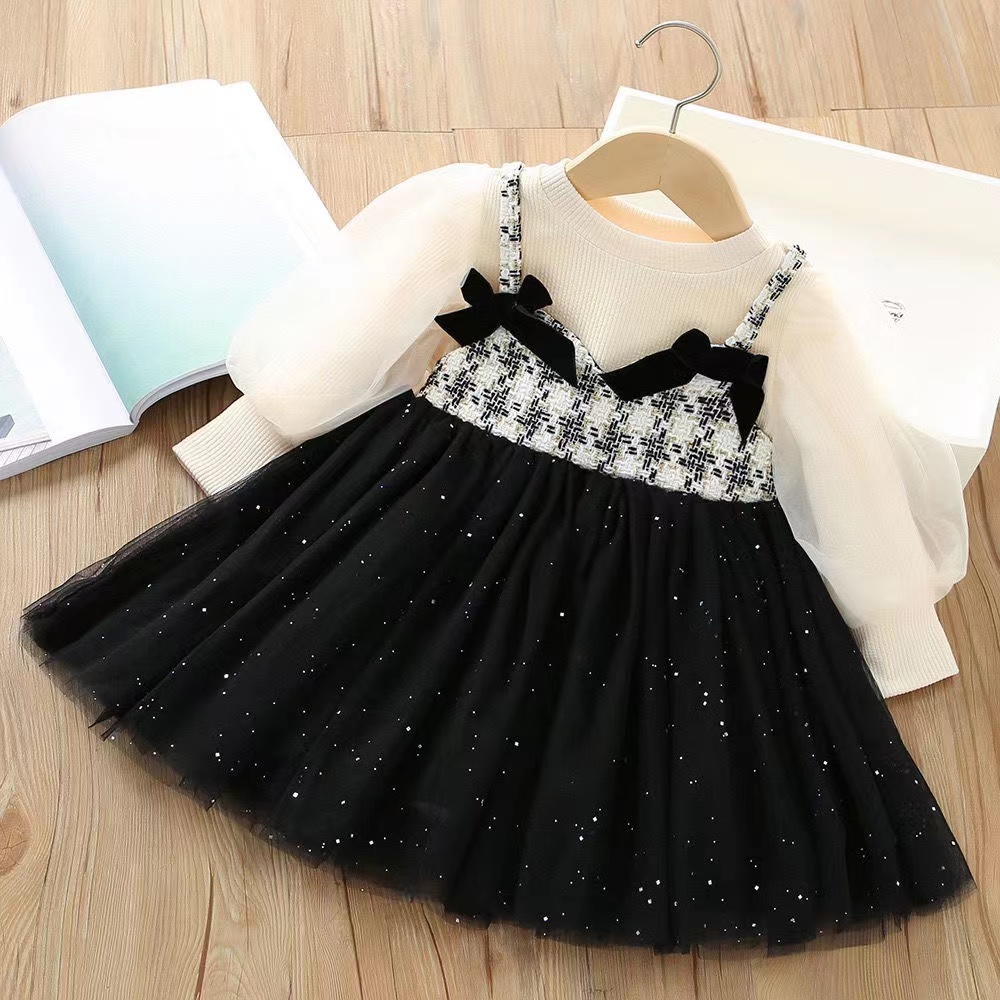Finding the perfect clone watch can be a challenging yet rewarding endeavor. With numerous models and brands available, mastering the art of searching effectively can make all the difference. Layering search queries is a useful technique that can help you refine your results and locate the best clone match for your needs. This article will guide you through the process of layering search queries to optimize your search for clone watches.
Understanding Search Queries
1. What Are Search Queries?
A search query is a set of keywords or phrases that users input into a search engine to find specific information. In the context of clone watches, your search query should be carefully crafted to yield the most relevant results, whether you’re looking for a specific model, brand, or feature.
2. The Importance of Layering Queries
Layering search queries involves combining multiple keywords or phrases to create more specific and targeted searches. This technique helps narrow down the vast array of information available online, making it easier to find the exact best replica watches you’re interested in. By layering your queries, you enhance your chances of finding high-quality replicas that meet your criteria.
Steps to Layer Search Queries
1. Start with Basic Keywords
Foundation of Your Search
- Identify Core Terms: Begin by identifying the core keywords related to the clone watch you’re looking for. This could include the brand name, model, or specific features. For example, if you’re searching for a Rolex Submariner clone, your basic query might be “Rolex Submariner clone.”
- Keep It Simple: Start with simple queries to get a sense of the available options. This initial step will help you understand how much information is available and what additional details you may need to refine your search.
2. Add Specific Features
Refining Your Query
- Include Specific Features: Once you have your basic keywords, add specific features or characteristics that are important to you. For example, you might search for “Rolex Submariner clone ceramic bezel” or “Rolex Submariner clone automatic movement.”
- Use Descriptive Words: Descriptive words like “high-quality,” “best,” or “affordable” can further refine your search. For instance, “best Rolex Submariner clone” will yield different results than a more general query.
3. Utilize Boolean Operators
Advanced Searching Techniques
- AND, OR, NOT: Use Boolean operators to combine or exclude terms. For example, if you want to find clones that are either Rolex or Omega, you can search for “Rolex OR Omega clone.” Conversely, if you want to exclude certain results, you can use “Rolex NOT Daytona clone” to filter out unwanted options.
- Quotation Marks: Use quotation marks to search for exact phrases. For example, searching for “Rolex Submariner clone” will yield results that contain that exact phrase, narrowing down your options further.
4. Incorporate Additional Details
Enhancing Your Search
- Location and Availability: If you’re looking for local sellers or specific online retailers, include location details in your query. For example, “Rolex Submariner clone USA” or “buy Rolex Submariner clone online.”
- Price Range: If you have a budget in mind, add price-related keywords to your query. For instance, “Rolex Submariner clone under $200” can help you filter results based on your budget.
5. Use Synonyms and Variations
Broadening Your Search
- Synonyms: If your initial queries don’t yield satisfactory results, try using synonyms or alternative terms. For example, instead of “clone,” you can use “replica,” “copy,” or “imitation.”
- Model Variations: Many watches have different versions or limited editions. Consider searching for variations of the model you’re interested in, such as “Submariner 116610 clone” or “Submariner No Date clone.”
6. Analyze and Adjust
Iterative Process
- Review Search Results: After executing your layered search queries, take the time to review the results. Look for patterns or common themes that can help you refine your searches further.
- Adjust Accordingly: If your results aren’t as relevant as you’d like, adjust your keywords or layers. This iterative process allows you to fine-tune your approach until you find the best clone match.
Conclusion
Layering search queries is an effective method for finding the perfect clone watch. By starting with basic keywords, adding specific features, utilizing Boolean operators, and incorporating additional details, you can refine your search results significantly.
Using synonyms and variations can further broaden your search, while analyzing and adjusting your queries will help you hone in on the best options available. With these strategies in mind, you’ll be well-equipped to navigate the vast world of clone watches and discover high-quality replicas that meet your specific needs and preferences. Whether you’re a seasoned collector or a newcomer, mastering the art of layered search queries will enhance your watch-hunting experience.



